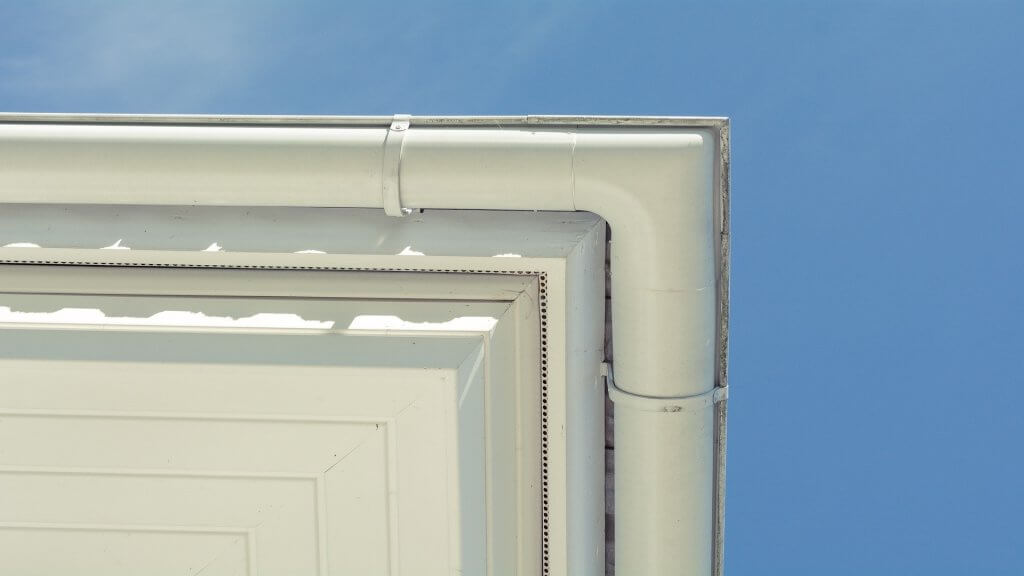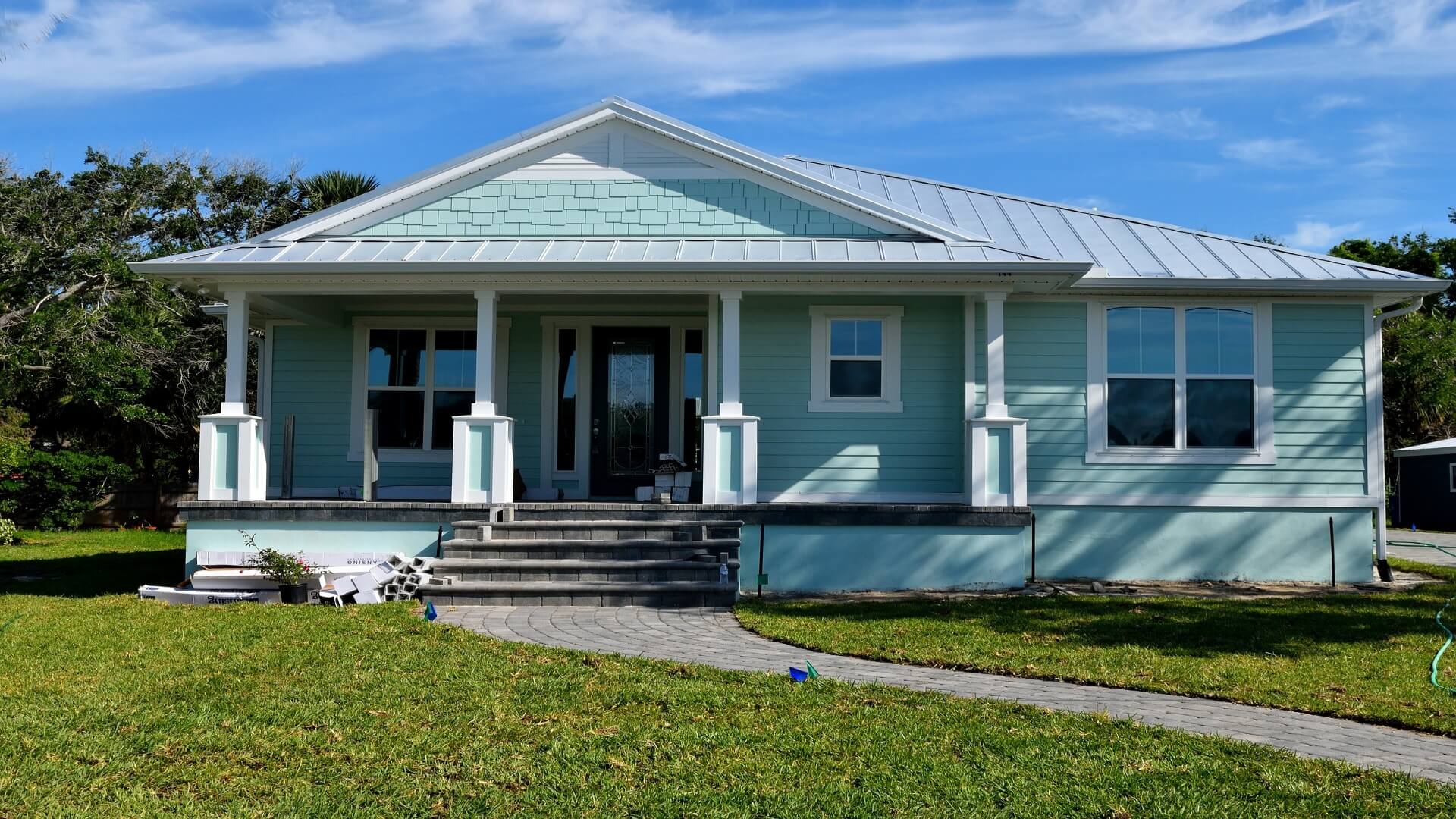As a homeowner, you must do everything possible to protect your home. But did you know that one of the most important things you can do is protect your home’s foundation? Your home’s foundation keeps your house structurally sound and safe from the elements. So, if you’re looking for ways to safeguard your investment, here are eight ways to protect your home’s foundation.
1. Install Rain Gutters
Installing rain gutters on your home is a vital home improvement project that improves the house’s aesthetic appeal and helps protect its foundation. When rain runs off the roof and pools at the home’s foundation, it can cause severe damage, ranging from mould to a weakened foundation over time.
Gutters will draw this water away from home and direct it away from vulnerable areas, helping you avoid costly repairs. Investing in quality rain gutters could save you considerable costs later. Moreover, many cities offer tax incentives for installing rain gutters, making this an even smarter investment.
2. Grade Your Landscaping Properly
If you want to grade your landscaping correctly, you need to achieve the right balance between function and appearance. One of the primary focuses should be house foundation grading—this keeps water away from your house while avoiding a precarious slope that could otherwise prove hazardous.
To start, check the drainage around your house and identify any blocks or spots where water pooling may occur. From there, use edging materials like rocks and bricks to create gradients that guide water away from house foundation points. You can achieve a beautiful, functional, hassle-free yard for years with just a little extra effort.
3. Check for Cracks Regularly
Homeowners should do their due diligence and regularly check for foundation cracks. Cracks can indicate a larger problem and cause severe damage to the house if left unchecked. Checking for any irregularities around windows, door frames, or ceilings is also vital, as they could be tell tale signs of structural damage that needs repairing.
In addition, looking out for any water penetration issues or sudden changes in the airflow coming from outside can easily be remedied with a few minor repairs when detected quickly. Scrutinizing your house’s foundation will help keep your home safe for years.
4. Make Sure Your Home Has Adequate Drainage
If you want to protect your home’s foundation and plumbing, ensure your home has adequate drainage. Proper drainage on a home’s property is essential to preserving the house and its tenants from long-term damage. When water pools or stagnates in areas near the home, it can erode foundation walls, soak into interior finishes, or cause foundational issues that can lead to costly repairs.
By ensuring your home has enough drainpipes, grading away from the house, or other steps necessary for proper water flow off of the home’s property, you can rest easy knowing that your home’s foundation is well cared for. The small investment of time and money now can help you avoid hefty bills down the line.
5. Inspect Your Home’s Gutters and Downspouts
Have you looked at your house’s gutters and downspouts lately? Clogged gutters can cause significant damage to your house foundation, roofing, fencing, and siding, among other things. Inspecting them twice a year should be part of your routine house maintenance. Check that the sections fit properly together and that no deterioration has taken place; look for any rusty spots so you can address them early on.
Gutter cleaning is a relatively easy task, but if it is too much work for you to handle, plenty of professional services are available to help manage this vital housekeeping duty. So inspect your house’s gutters and downspouts; make sure your home remains in great shape.
6. Seal Any Openings That May Allow Moisture In
As a homeowner, you should know that one of the most critical steps in keeping your home safe from dampness, rot, and other damage caused by moisture is to seal any openings that may allow it inside. Indeed, despite how expensive home foundation projects can be, sealing cracks and gaps (especially around windows and doors) represents a relatively inexpensive way of ensuring the health and longevity of the structure.


































